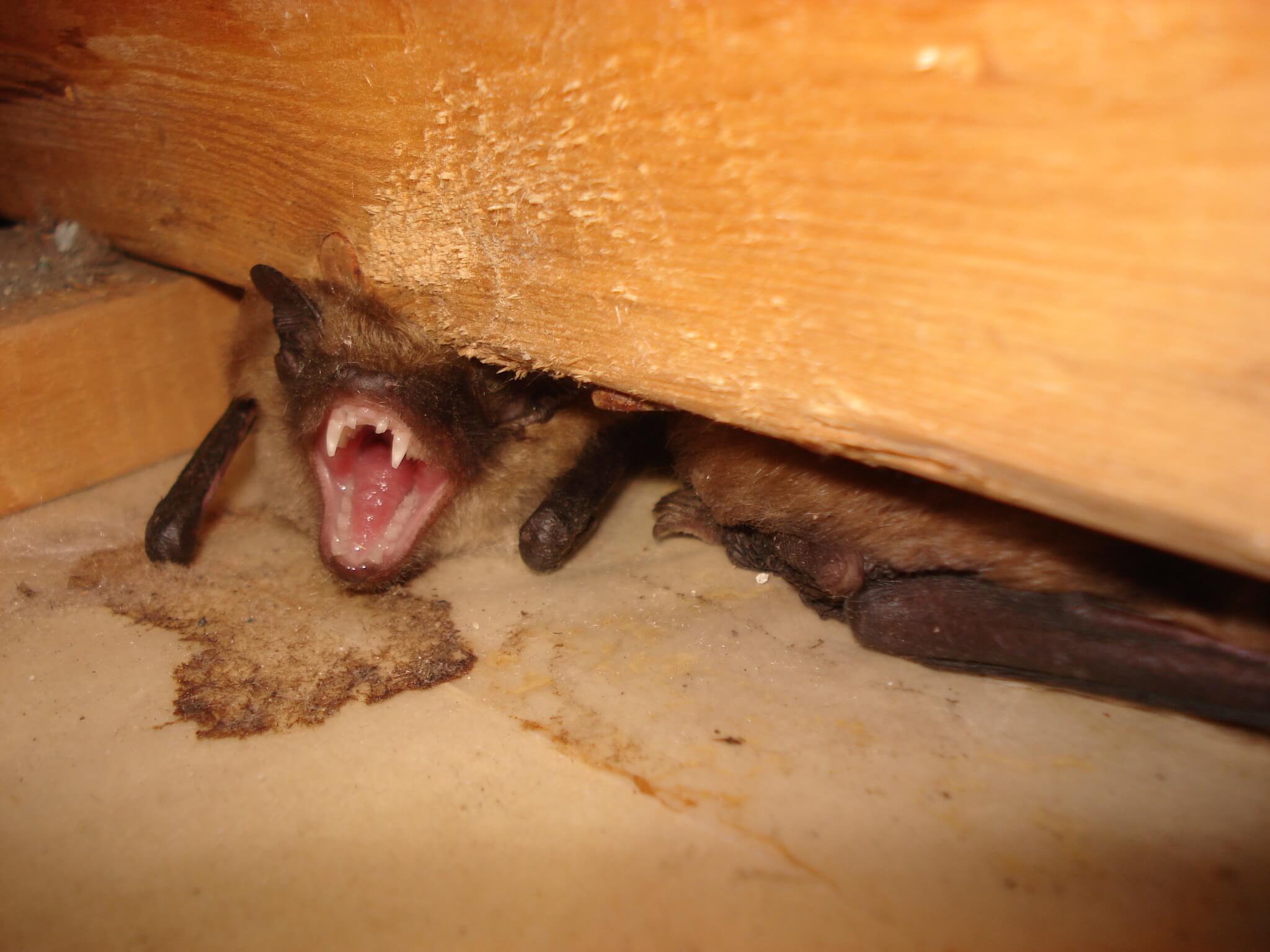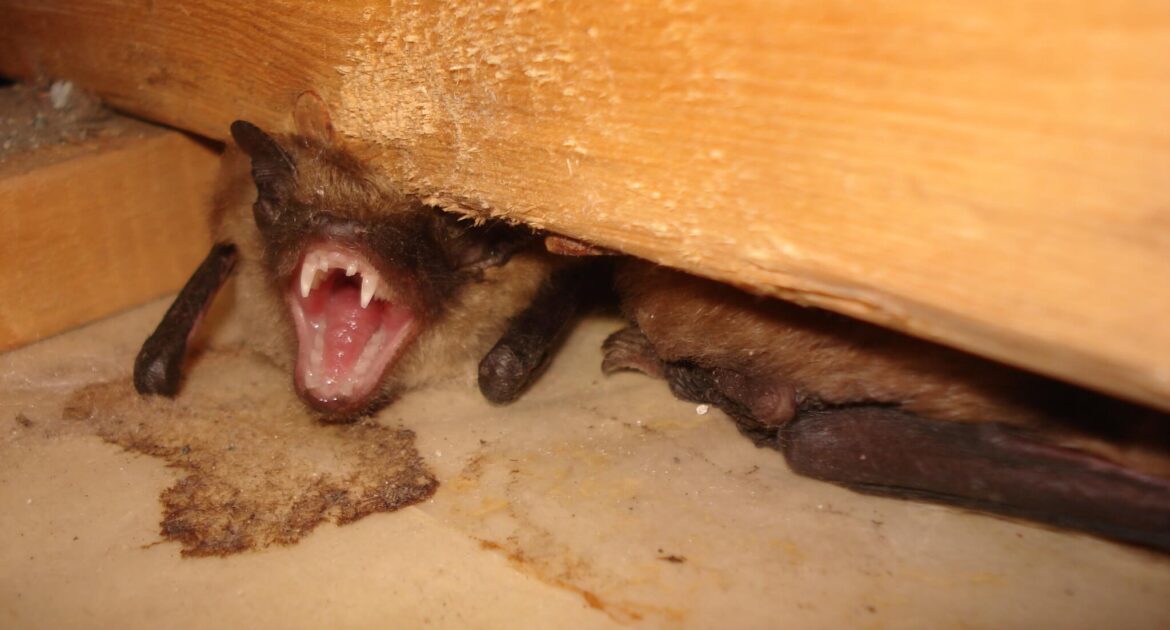Bats seem to have their heyday around the summer and fall months when they are out at night searching for mates and feeding. What happens to bats during the winter and spring, though? Where do they go? What do they do? Find more details about a bat’s life in a year and who to call if you need humane bat removal and wildlife control in Okanagan.
A Bat’s Spring: March, April, May
Just like with many other animals, spring is a time of rejuvenation and reentry into the world. Early spring is the time when bats too finally begin to emerge from their winter hibernation period. At this time, their fat storage begins to dwindle and hibernation gradually comes to a close.
Though mating season occurs during the fall season, female bats store sperm until delayed ovulation occurs. Ovulation and subsequent fertilization happen during the early spring, with a gestational period ranging from two to six months, on average.
A Bat’s Summer: June, July, August
Little bat babies arrive in summer. Baby bats, or pups, are only a half-inch to one inch long and are covered in a fuzzy gray layer of fur when they are born. Like humans, baby bats survive by drinking their mothers’ milk, so mother bats must regularly hunt to maintain their energy and produce more milk for their young.
Bat moms gradually wean their babies from milk consumption as they mature. Bats also take their young out for flying lessons to learn how to survive on their own by catching insects. It is integral that young bats reach maturation during the summer because with fall comes mating season and roosting, both cycles necessary for continued survival.
A Bat’s Fall: September, October, November
Bat mating season is officially in full swing during the fall season. Females seek out strong and healthy males, locating these potential mates by their calls that range from various pitches combined with purring, buzzing, clicking, and other mating signalling. Once the bats are close, the male may nibble the female bat to ensure she is awake and prepared to engage in the mating process. If she is already awake and alert, the male may initiate the mating process by a series of motions that resemble head butting.
Bats are also multitaskers. As the mating season is going full throttle, bats are also preparing for hibernation in the winter months. Fall is when bats begin to bulk up their eating habits to store fat for the big winter rest. In addition to searching for a suitable mate and plenty of snacks, bats are also finishing up the fall season by finding a safe place to hibernate all winter long. Many bats hibernate in groups for warmth, but others go solo.
A Bat’s Winter: December, January, February
As the cold weather of winter fully sets in, many bats have hibernation practices already in place. In early winter, bats may still but rarely leave their roost to get any last little bits of food to help store fat over the long hibernation period.
Once the outings stop, bats enter an inactive state. This dormant state is characterized by a reduction in bodily processes necessary for survival, like temperature, breathing, and heart rate. Bats lower their metabolism and exclusively rely on stored fat for survival. Many bats have just enough reserves to make it to the end of February before beginning to venture out bit by bit as they exit hibernation gradually.
Bats are wondrous creatures that do humans great favours by providing insect control, especially managing pesky mosquitoes. Occasionally, though, you can have too much of a good thing. If you suspect you have a bat roosting in your home, don’t attempt the removal process on your own. Contact the professionals at Skedaddle Humane Wildlife Control in Okanagan today for bat removal.




